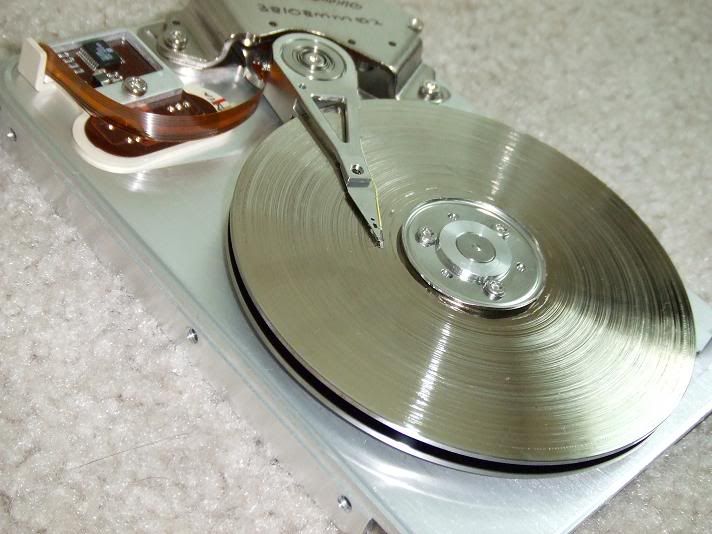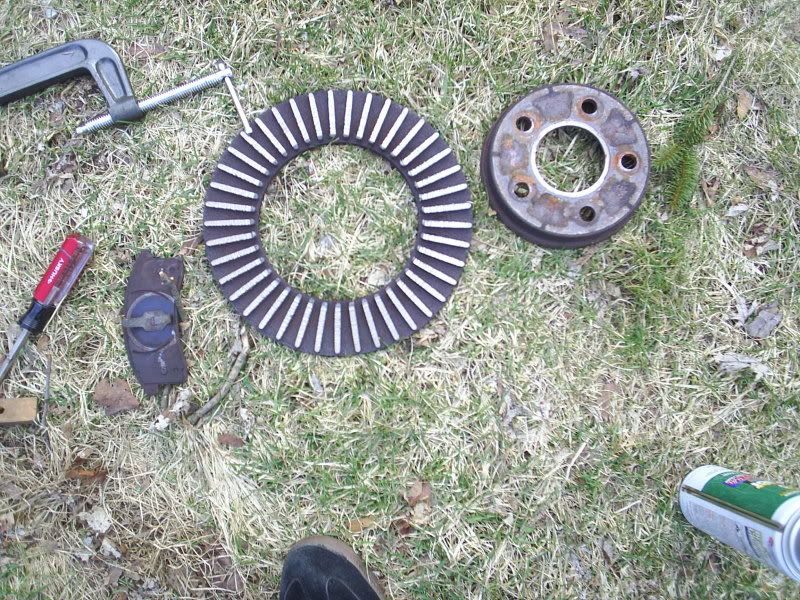You're thinking of bytes, not files; dropping the occasional byte doesn't usually cause much trouble, they just fly out as you say and eventually get trapped in the air filter (unless you drop too many, which is why they always warn you not to drop the drive or expose it to any shock which tends to loosen and knock off too many at once and clog the filter).
But some files are pretty long, so they'd be looped around a few times (especially if you defragged recently) so once the CTL-Z got free and took the rest of the file along they'd be whipping around in there almost certain to catch the head, especially if the head was sitting on a lower track at the time. Unusual that the entire file was on one platter though, so it must have been fairly small.
But you're right; they probably wouldn't have survived, although some of the ones that didn't migrate might still be OK, at least partially. If you didn't mind the odd missing sector you might be able to defragment them using a little glue logic.
m



